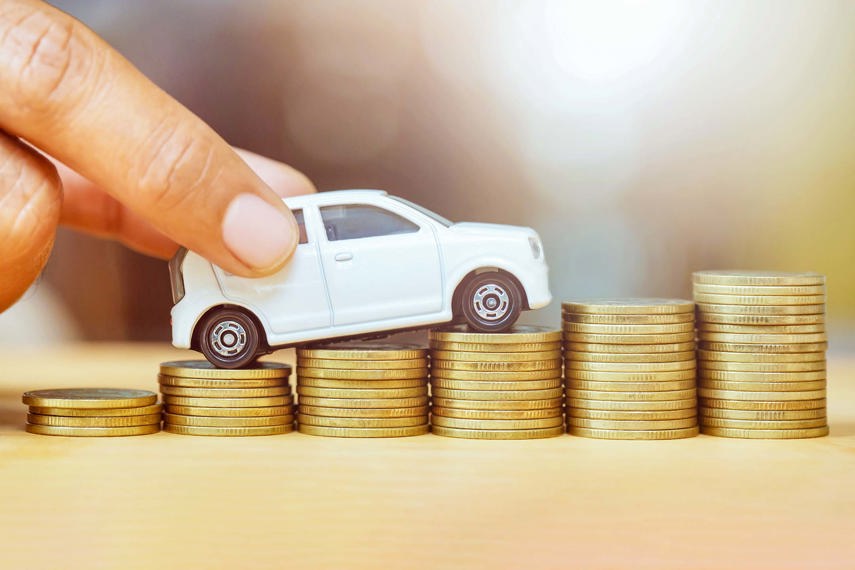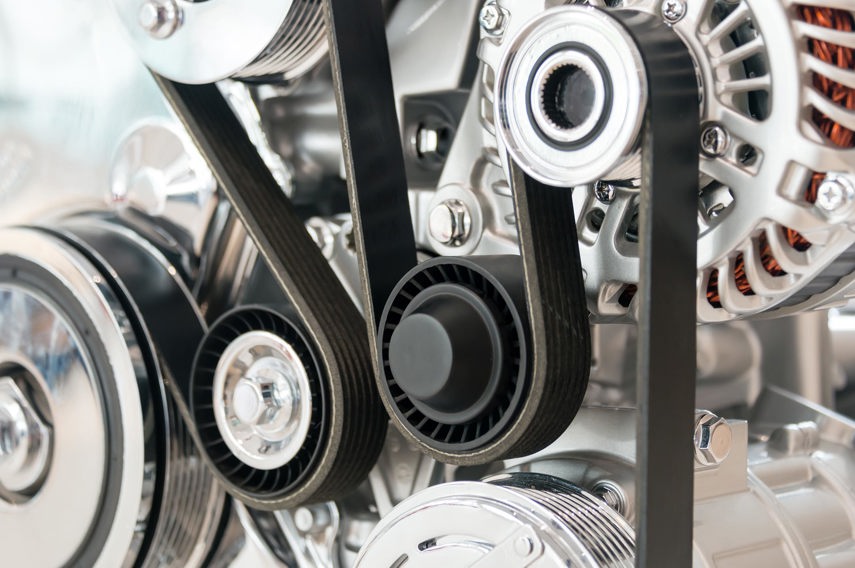You’ve found the vehicle you want to buy. Now there’s another decision to make: Should you get a loan from a bank or get financing through the dealership?
We can’t give you the definitive answer because every person’s situation is different, but we’ll cover the options and offer suggestions to get you on your way.
Considering a Bank Loan

The Pros
You may be able to get a better rate from a bank, with better options and terms depending on your banking history, and the process may be simpler if you’re already a customer and your financial history is known. You may not need a down payment. You may also be able to get used-vehicle funding, which a dealer might not be able to offer. You also may qualify for a pre-approved loan, which may make things easier.
The Cons
Your bank may charge administration fees and other extras that will boost the overall cost of the loan. If your credit isn’t stellar, you might not be able to qualify for a bank loan. You’ll have to go between the bank and the dealer, which could be less convenient and take longer. With today’s tight-supply auto market, that delay could mean you lose out on the car you want.
Considering Dealership Financing

The Pros
Dealers can offer more options, potentially through the auto manufacturer’s financing division, an independent loan provider, or the bank they use for their business. The vehicle and the financing are all in one place, speeding up the process. Since the dealer makes profit on the vehicle and commission on the loan, there’s incentive to do what it takes to get your business. There may be automaker or dealer incentives such as rebates or lower-cost financing. If you can’t get a bank loan, the dealer will have other financing options.
The Cons
Dealer financing might only apply to brand-new or slightly-used vehicles, and you’ll probably have to make a down payment. Rates may be higher than what the bank is offering, and if you have to opt for subprime, they definitely will be. Because the dealer profits on car and cash, you may be pressured to accept pricier loan products, or to buy a vehicle right away without shopping around, or choose a higher trim or more options because “it’s just a few extra dollars a month.”
Our Recommendations

We can’t tell you which to choose because there are so many variables that differ from person to person, but we will offer suggestions when you’re borrowing for a new ride.
Apply for a pre-approved loan from your bank, if you can.
Use it as the “ace up your sleeve” to see if the dealer can offer better terms than the bank. If so, you don’t have to use the pre-approved loan; and if not, you can use it to buy the vehicle right away.
Don’t go long.
Auto loans are being stretched to ridiculous lengths to offer enticingly low monthly payments. Some go 84 to 96 months – that’s seven to eight years! For example, if you borrow $35,000 at 5.0% over five years, your total interest will be around $4,600. Over seven years, your interest jumps to $6,550 – and to $7,500 over eight years. To reduce your monthly payment, consider a less-expensive vehicle rather than a longer financing term.
Beware of subprime.
These are high-interest loans available to those with poor credit scores who don’t qualify for bank loans. As with loan length, consider a less-expensive vehicle if you can, rather than opt for subprime.

Read the fine print on financing incentives.
Nobody gives you money for nothing. Zero-per-cent financing may apply to only a portion of the loan – like those furniture ads you see for “Get your sofa in June, pay nothing until Christmas!” – and after that zero-interest period, you could get hit with high interest on the rest of it. Be sure you know exactly what the loan is going to cost from start to finish.
Be cautious about loan additions.
Some financiers may offer more than you’ve asked for, to pay off credit card debt, or even pocket the cash to buy other items. It might possibly be a good idea if the interest rate undercuts what your card’s is, but be sure you aren’t digging yourself into a deeper hole, especially if you can’t resist the temptation of running up your paid-off card again.
Check your credit score.
Know in advance how you look to lenders, so you can maximize your options. Many companies have online credit check offers, but we suggest you first look at the Government of Canada’s recommendations, which include no-charge options.

Consider all vehicle expenses.
The purchase price (including tax and dealer fees) is just the start. Factor in what you’re going to pay for insurance, maintenance, and fuel, especially if you’re considering moving up to a premium brand. Make sure you can afford the loan payment and these costs.
Consider a down payment.
Even if it isn’t required, put as much cash as you can against the vehicle’s purchase price. Every dollar down is one that won’t accrue interest. Some people use a credit card for the down payment to rack up points, but do this only for the amount you have in cash and pay the card off right away. Otherwise, you’re buying that portion of your car at even higher interest rates. Also make sure the dealer doesn’t tack on a card fee, which could offset your points savings.
Consider gap insurance.
This may be available through the dealer or your insurance company. If your vehicle’s a total loss in a crash or theft, this covers the difference between what you get for it, and what you still owe on it. If your car depreciates quickly and your interest rates are high, it could be a considerable difference. When you’re shopping for a car and financing, be sure you know everything that’s involved.

